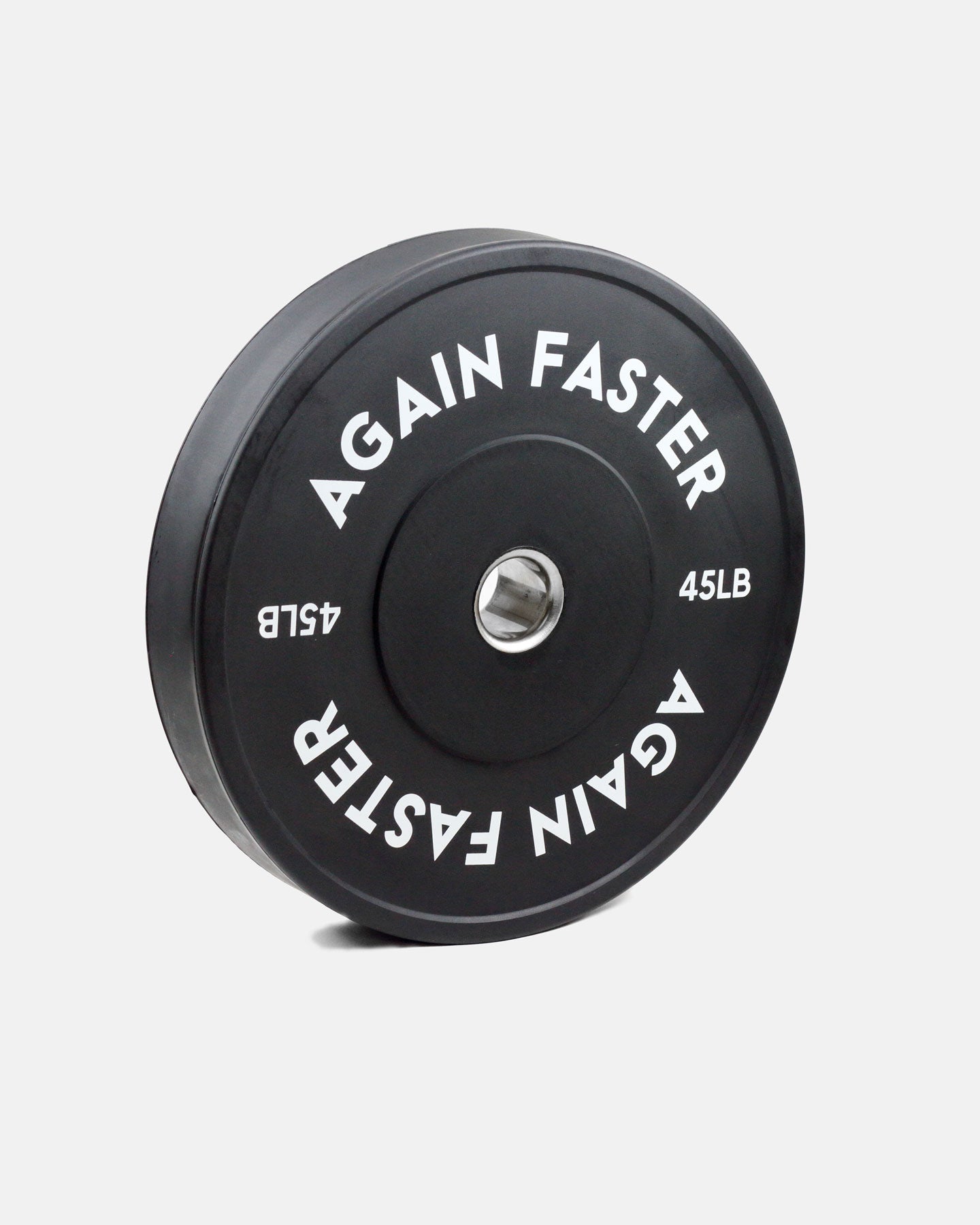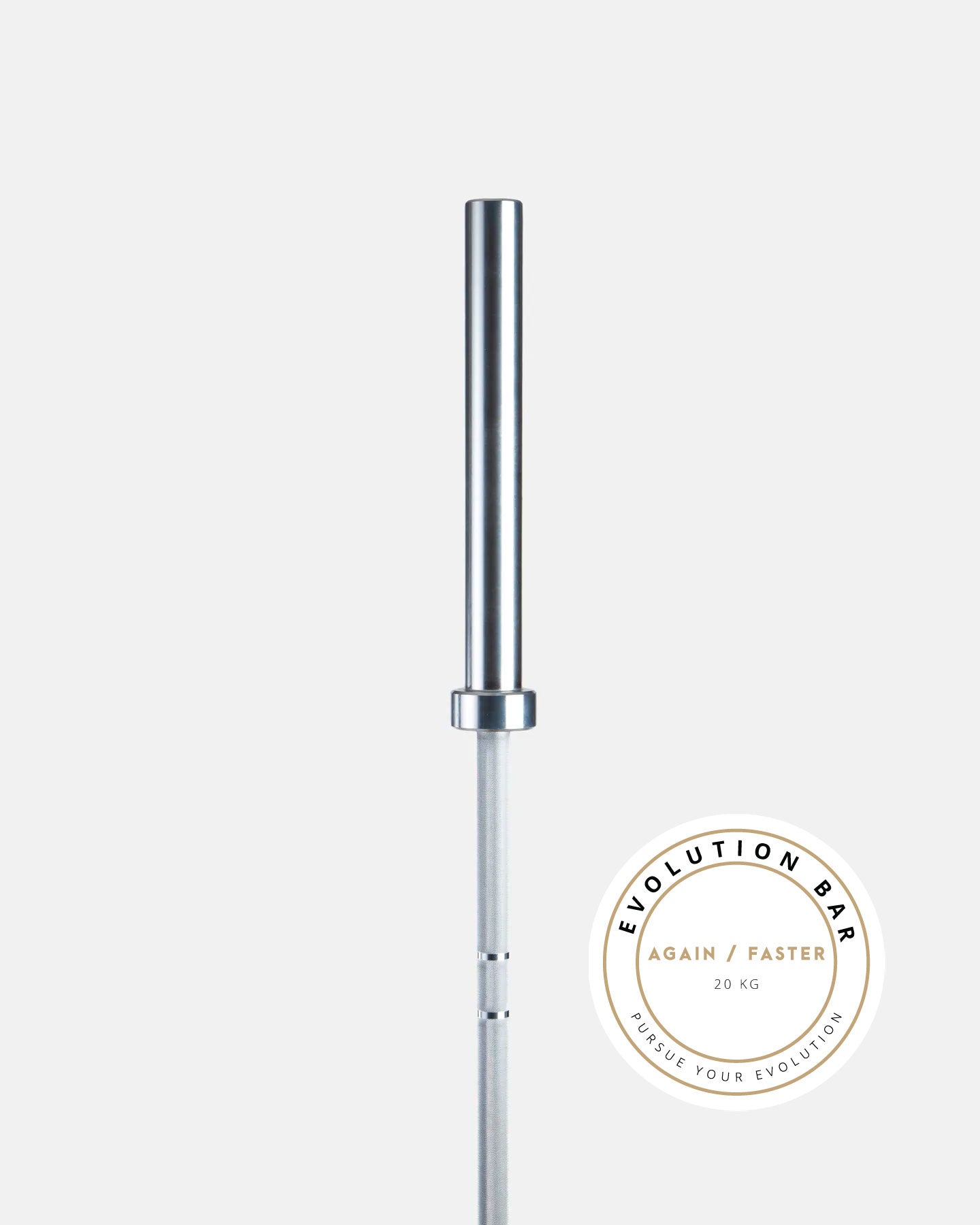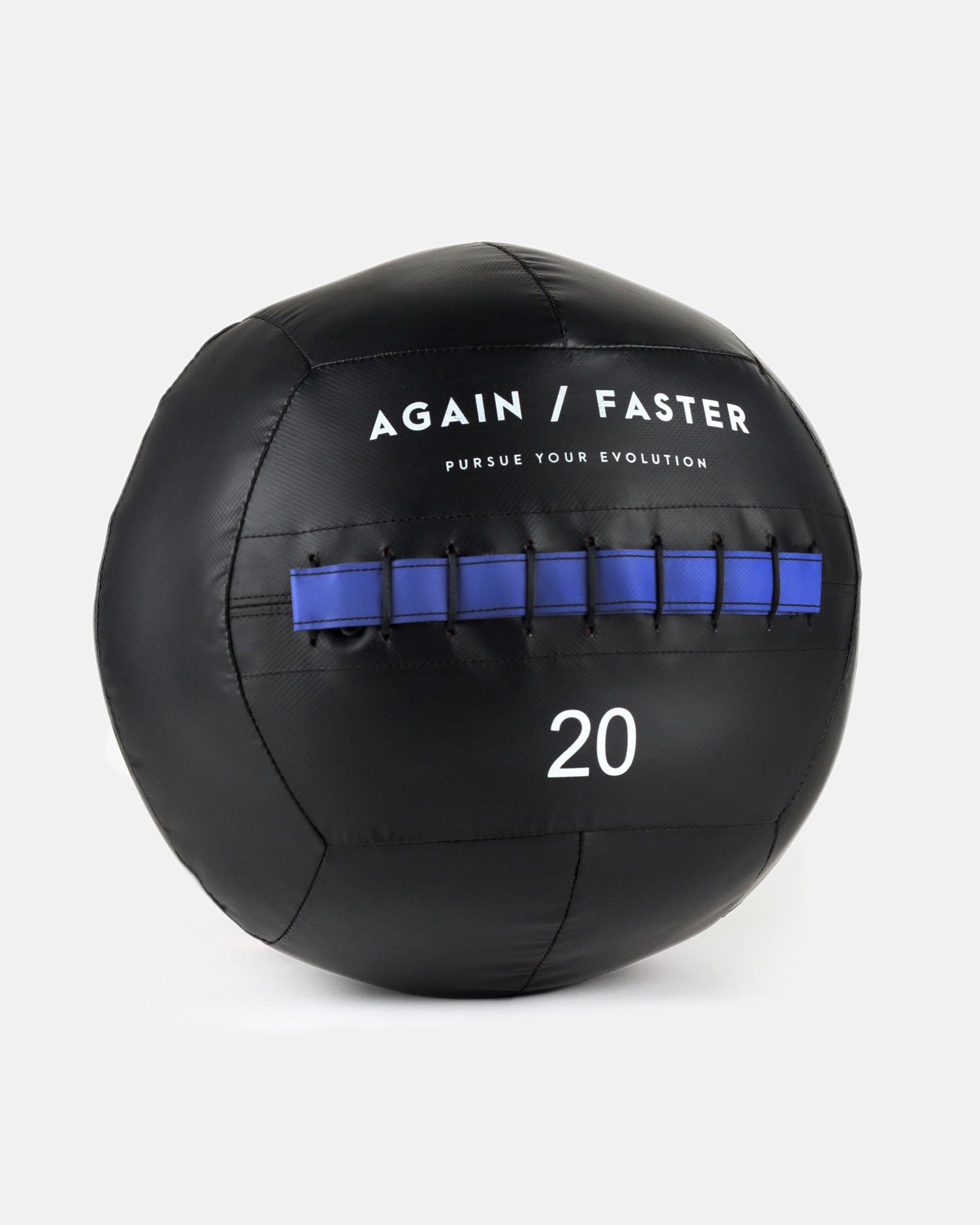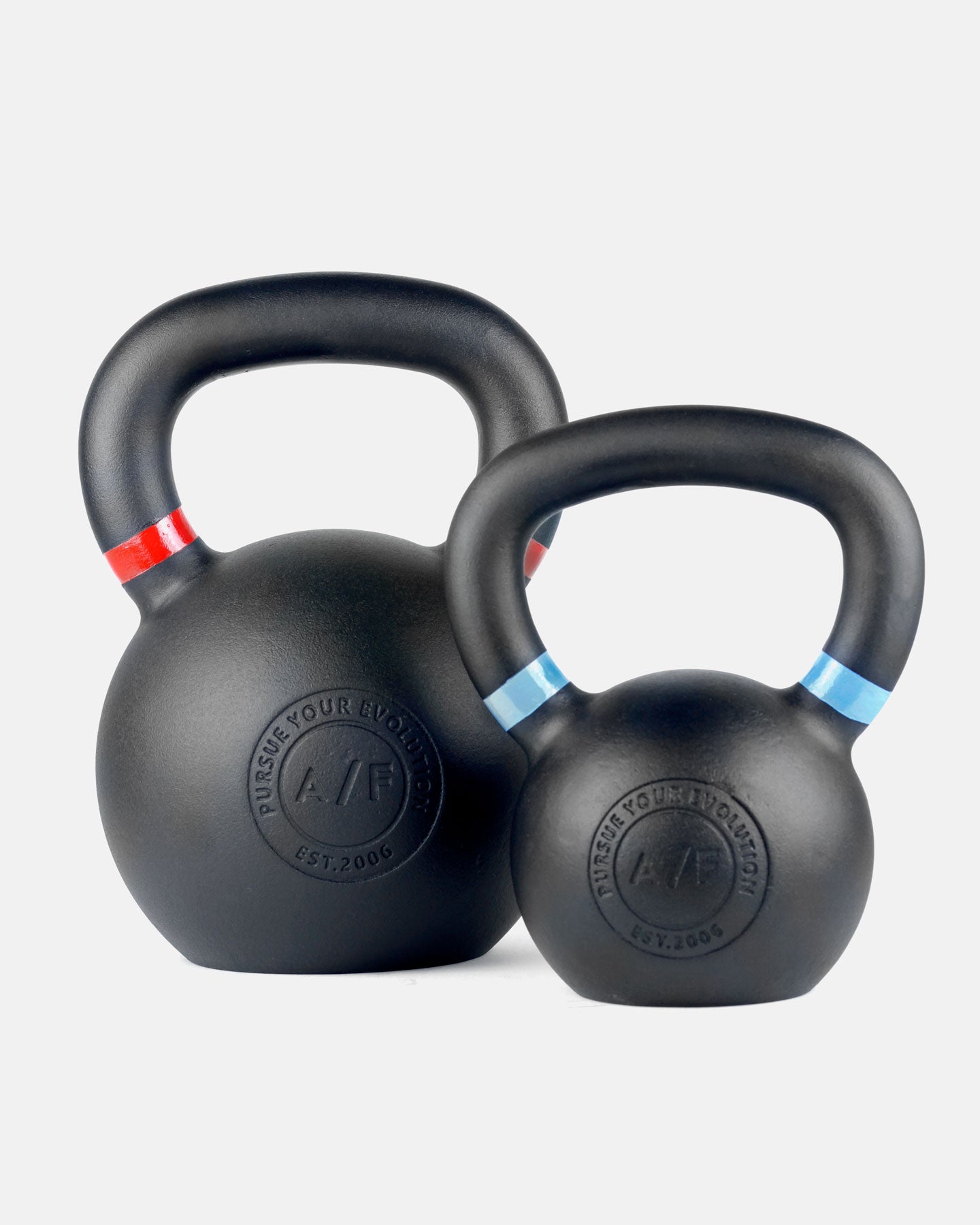Up-Front Costs of Opening a Commercial Gym
Whether you’re looking to open a CrossFit facility or a traditional training gym, building a fitness business will likely require a substantial chunk of up-front investment and capital.
Regardless of your chosen path, it’s useful to break down the expenses into two categories: up-front and recurring costs.
The initial costs of opening a gym can vary hugely depending on the type of gym you want to open, but they are typically between $10,000 and $50,000 on average.
However, the final cost may exceed this, too. With so many variables, it's almost impossible to give a completely accurate estimate that reflects all gyms.
Here are some one-time costs to factor into your budget.
Recurring Costs of Opening a Commercial Gym
Now that we've covered the fundamental startup costs, let's touch on some monthly costs to consider when operating a commercial gym before opening up shop.
Various In-House Expenses
First, the mortgage and rent expenses will run about $2,000-$6,000 a month or more.
Utilities are often the most significant expense for gyms, especially those open 24/7. You need to keep power and heat going, and water is required for hydration and cleaning purposes. An average estimate for utilities is $2-$3 per square foot of your gym space per year.
Of course, if you want to satisfy your clients, you may also need to spend some extra money on cable and Internet access.
Variable expenses include cleaning supplies, equipment maintenance, and janitorial services. This covers cleaning supplies, towels, and laundry. All these things are necessary to keep the health department and your members happy—and to create a gym that people will want to return to.
So, How Much Does It Cost to Build a Commercial Gym?
If you're a fitness enthusiast who wants to open your own gym, the idea can be exciting, liberating, and scary. As with any other small business venture, you will need courage, perseverance, and determination—as well as reliable funding to support your efforts.
Running a gym requires lots of time, sweat, energy, and cash. However, for many passionate health and fitness entrepreneurs, the experience of building a positive, healthy space within their communities is priceless.
The unsatisfying answer to "how much does it cost to build a commercial gym" is: it depends.
This guide has covered most of the costs that most new gym owners will face when starting their business, but the actual cost will always depend on your unique goals and circumstances.
Since 2006, Again Faster has supplied thousands of fitness affiliates and commercial gyms. We're excited to help you design a new gym or upgrade an old one with the highest quality equipment available. A recent favorite project was outfitting a state of the art gym for a Florida business whose culture includes a commitment to wellness and fitness for its employees.
Check out our commercial gym packages if you're ready to stop planning and start building your dream gym facility.
Need to make changes to an existing package? We can customize any commercial gym package to meet your specific needs. Simply request a personal consultation today.











